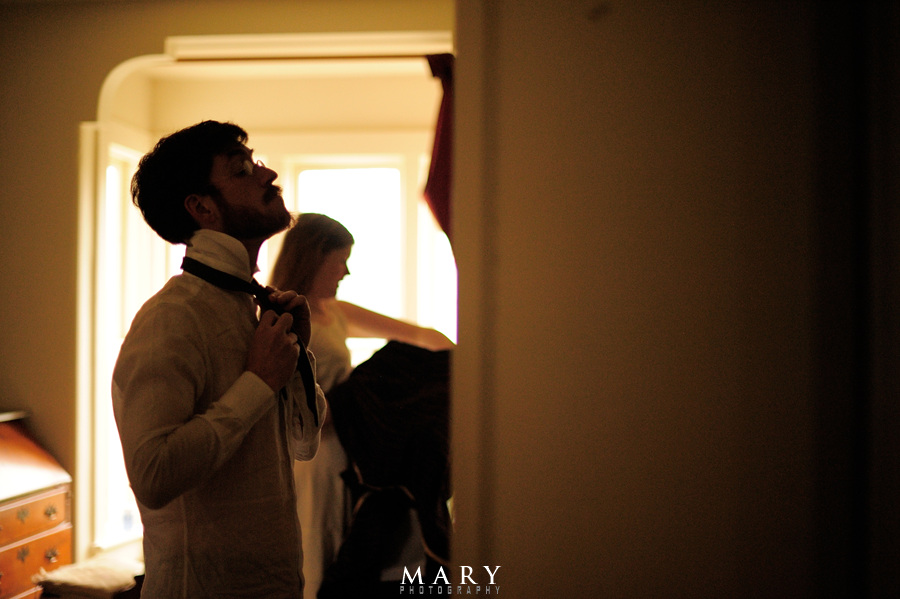Check it out on
Amazon or Barnes & Noble!
Excerpted from Victorian Secrets, (Skyhorse Publishing, 2013) pp. 149-150:
"The distinction between costume and clothing was—and is—very important to me. The word costume does derive from the French term, which simply denotes a suit of clothing; the educated classes of Victorians often had fairly extensive training in the French language, and when they used the term in this way, they did so with full understanding of its cultural and linguistic context. However, the idea of costume as normal clothing is no longer in keeping with the way the word has come to be used in twenty-first-century American culture. To anyone who would dispute this fact, I invite consideration of the following scenario: You wake up on a typical morning, yawn, and reluctantly roll out of bed. You start to pull on your everyday shirt and whatever else you happen to wear on a normal day. Someone else in the household, still half-asleep, asks what you are doing. Do you reply, “I’m putting on my clothes,” or “I’m putting on my costume”? I think not many people would give the latter response.
The word costume has acquired strong associations with things that are false, such as children’s Halloween fantasies and theatrical roles. A costume is window-dressing for playacting; something worn in a specified context by someone pretending to be something they are not. For an individual with this heavy cultural load in his or her subconscious to refer to historical clothing as costumes is to partially deny the veracity of those who wore them, perhaps without even realizing it. The antiques packed away in my cedar chests, which I had studied, worn, and learned from, were not costumes. They were real clothing, worn by real people on a daily basis.
On the very first day of my first French class in college, my teacher made an insightful statement that stayed with me throughout my studies and beyond. “French people,” she said, “don’t say something in French because they mean it in English and don’t know any better. French people say things in French because they mean them in French!”
For this reason, even the term cultural costume strikes me as rather patronizing, for all that it might be technically correct in anthropological settings. Americans do not refer to a bride’s white gown as a costume, so why should we use that term to describe the traditional dress of other cultures?
The clothing of the past was not worn because those creating it didn’t know any better; it was worn for a myriad of very specific reasons, practical as well as cultural. I had already learned that corsets support the back and aid in good posture. Likewise, Gabriel had discovered that the small, and very deliberately placed, pocket at the front of a man’s waistcoat keeps his watch (an extremely delicate and valuable piece of technology) in the place where it is least likely to be broken, easiest to access, and at the same time most difficult to steal owing to the visibility of its location. Even the tiniest detail had something to teach us about the daily life of history—things we could never learn from books because they were too commonplace or too intimate to be written down, and things that could certainly never be taught by costumes because playclothes often leave out the details altogether...
Victorian Secrets:
What A Corset Taught Me About the Past, the Present, and Myself
is now available from
Amazon and Barnes & Noble!
Happy reading!

 RSS Feed
RSS Feed